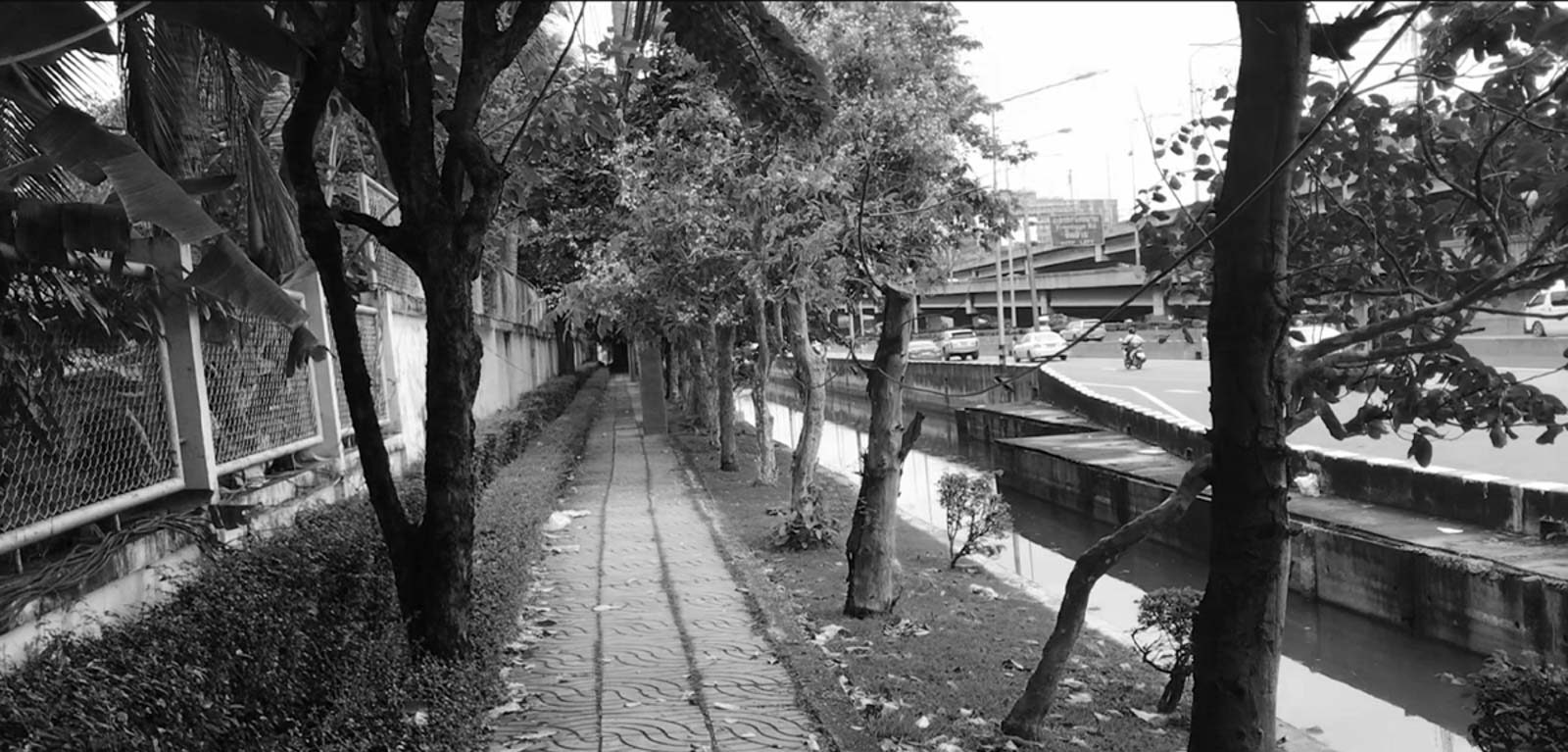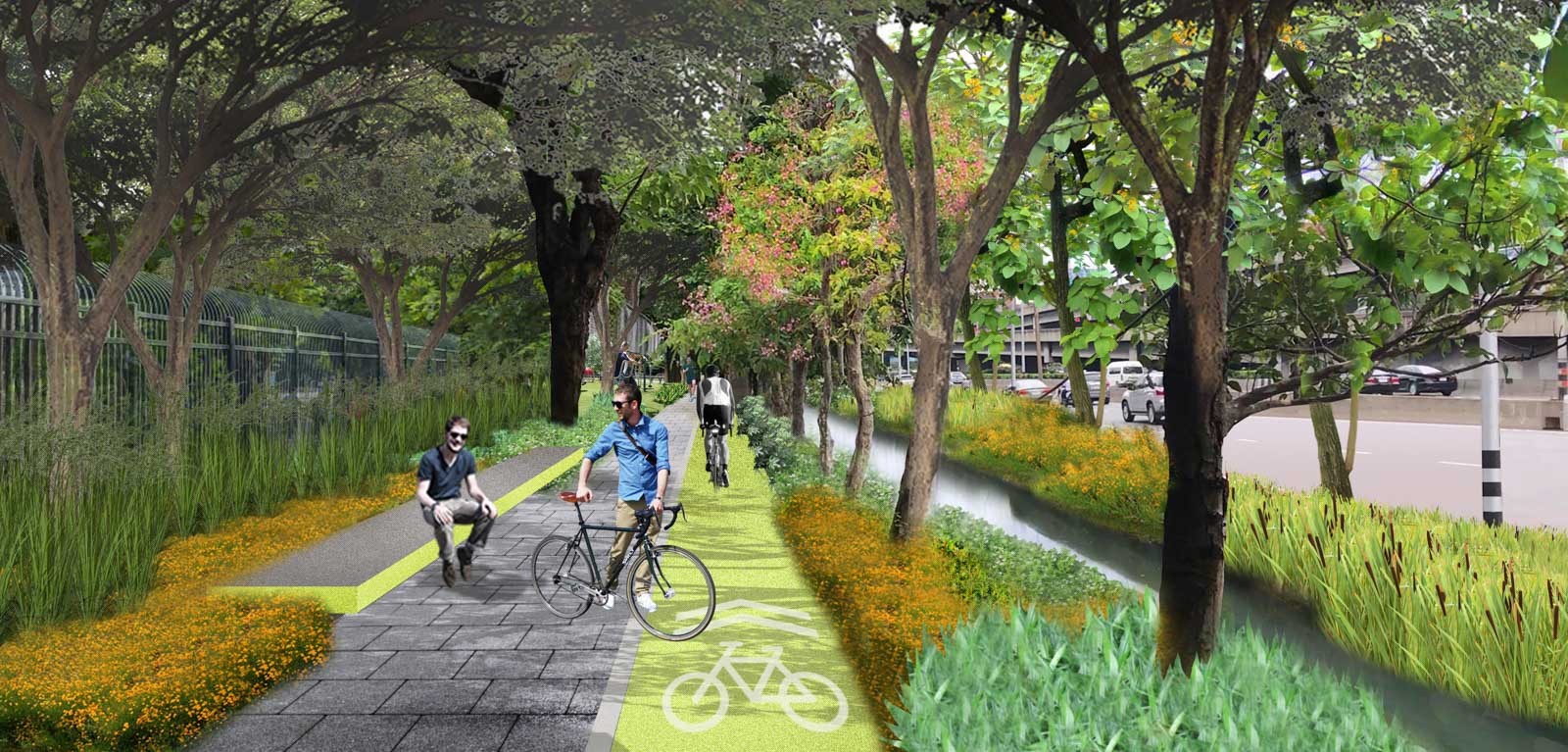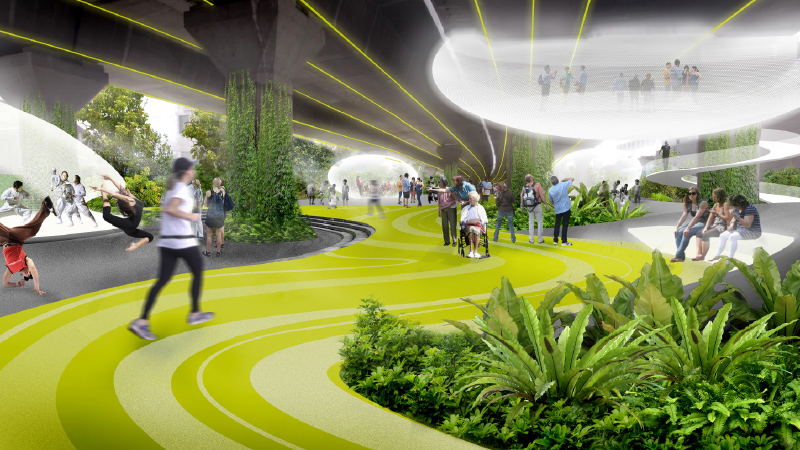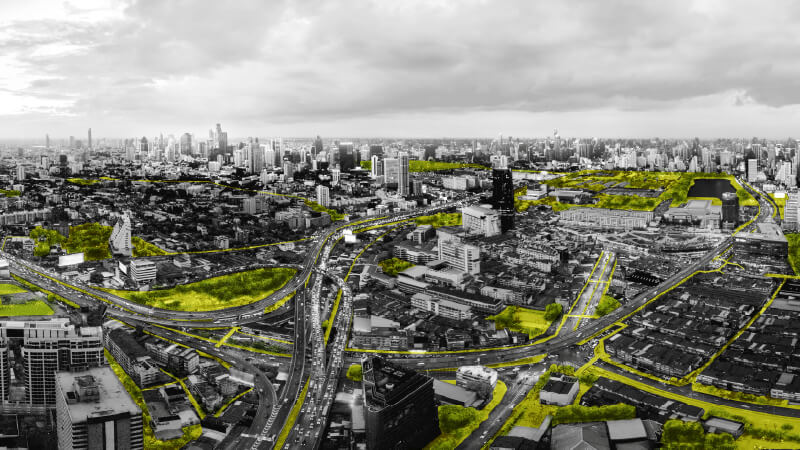Revitalizing City Infrastructures to Relink Urban Life
Bangkok Green Link is a green network initiative that envisions a greener, more connected Bangkok. The project aims to bring nature back to the heart of the city while reconnecting people and communities. It proposes the strategic regeneration of overlooked urban elements—such as canals, railways, sidewalks, and spaces beneath expressways—transforming them into vibrant green corridors. These linkages help unite public spaces, districts, and the wider city,
paving the way for a more sustainable and livable urban future.
Project Information ↘︎
Status
Vision
Year
2019
Award
CREDAWARD 2020
Design Director
Yossapon Boonsom
Landscape Architect
Kwanchanok Kongchaksamai
Natchawan Rermwandeethanachok
Sorrathan Yamsuk
Rattapong Luangpiansamut
Kawisara Teeratha
Nuttakrit Srivichienchai
Chisanucha Ravinantapreecha
Graphic Designer
Thanaphum Thongprasert
Montree Sommut
Nopadon Wongcharoensawad
Photographer
Napon Jaturapuchapornpong
Bangkok Green Link is a proactive masterplanning project, proposing a green network running through the heart of the city. It positively challenges Bangkok’s urbanization trend, giving a long-term vision of resilient public space to the city rather than solving the problem in small details without connecting the dots. Spaces that are not effectively used – canal bank, walkways, space along railways and space under expressways will be turned into adaptive usage areas.
Through 54 km of greenways – 28 km of outer rings and 26km of crossovers, more bicycle lanes, walkable paths and public community space are added to serve Bangkokians, help reduce density in liveable space, allow more easily and nearer access of green parks and provide alternative mode of transportation apart from mass transit and personal vehicles.

The project is calculated to add up to 10,800 more big trees to the city and absorb 1,620 tons of Carbon Dioxide and filter 3,580 tons of dust per year. Storm water can be detained about 54,000 square meters and temperature can be lowered down to 0.4-3 °C within 30 meters.
Moreover, greenery can increase around 20% of land price and lower down travelling and medical expenses as it enhances walkable civic lifestyle. Accessibility to a variety of places and activities will accordingly affect local economic growth.
This green link passes under an expressway, creating connection between two prominent city nodes – Bangsue Transportation Hub and Charoenkrung Creative District, while including prominent spots like Chatuchak Commercial Area and Aree Residential District. The entire greenway were build up with 6 strips for different kinds of activities, to fit in appropriately with the surrounding context, such as Creative Strip – integrating livable elements to the existing structure, Activity Strip – turning unutilized space under expressways into outdoor sport space and playground area, Healthy Strip – boosting people’s health with accessible skywalks and good quality footpath, Canal Strip – creating park along the canal banks, Ecological Strip – Revitalizing ecological route along the tree markets, and Urban Strip – regenerating urban promenade with sustainable transit facility.
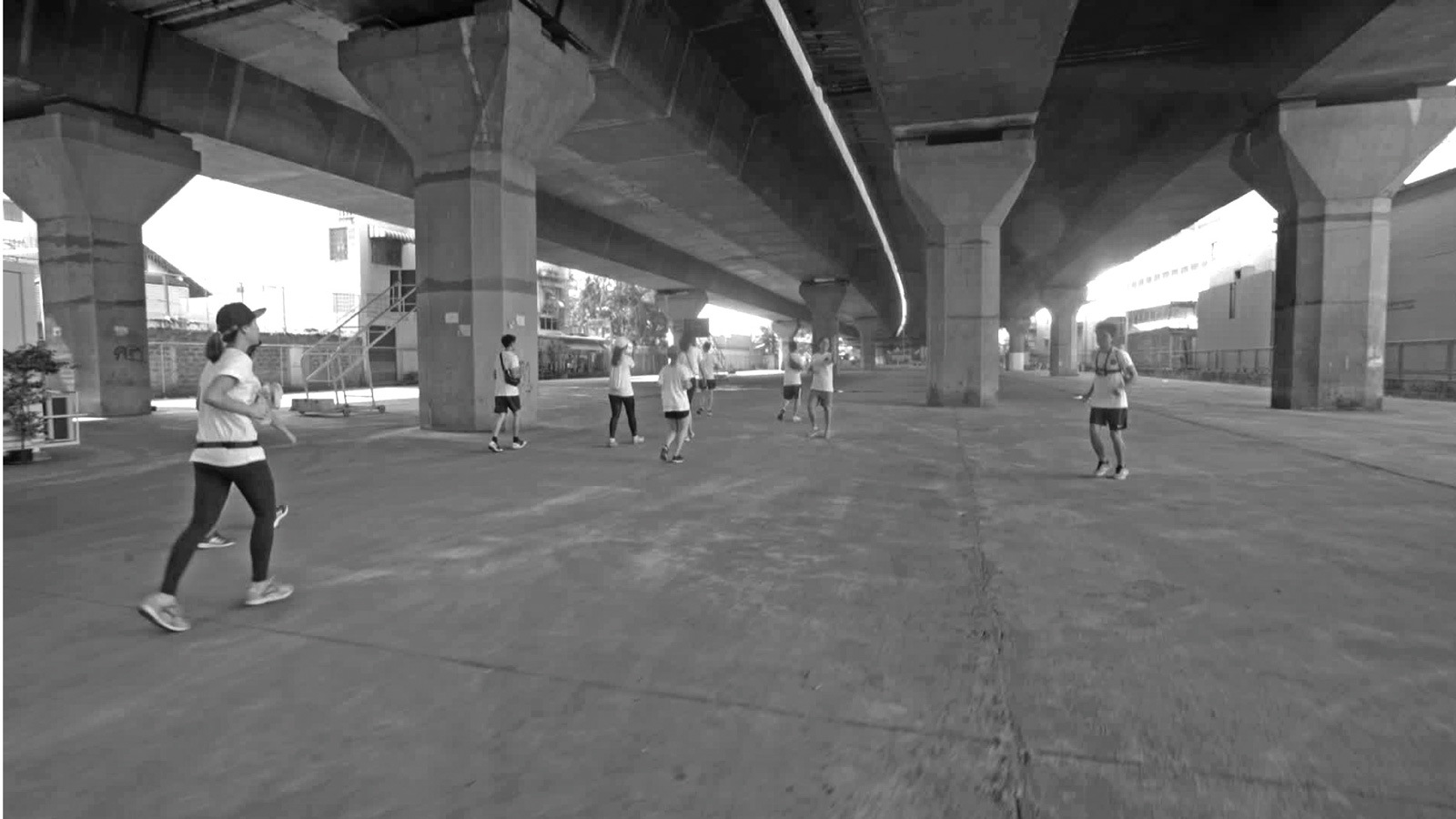
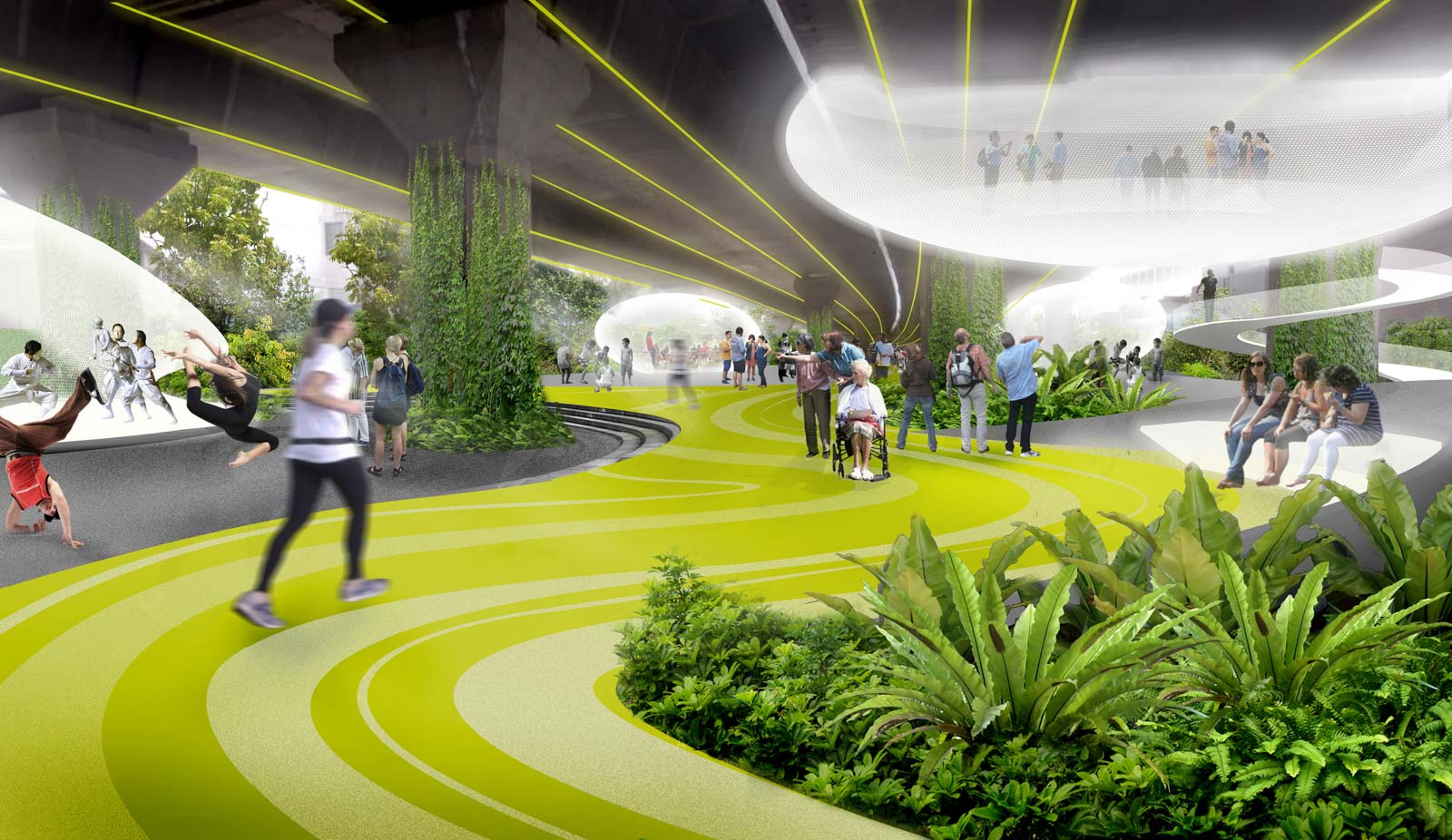
This green link passes through Sathorn, a major road of Bangkok’s CBD, combining technology, ecology and social activity. It aims to reconnect all scattered development and stakeholders together again. Sathorn Road and its historical canal will be improved into a better quality for safety, liveliness and effectiveness. Existing walkways will be widened and improved. Bicycle lanes will be added up along the road with rows of trees proving shadings. Accordingly, Sathorn Canal will be purified by engineering mechanics and plants, plus added accessible communal space for people enjoyment.
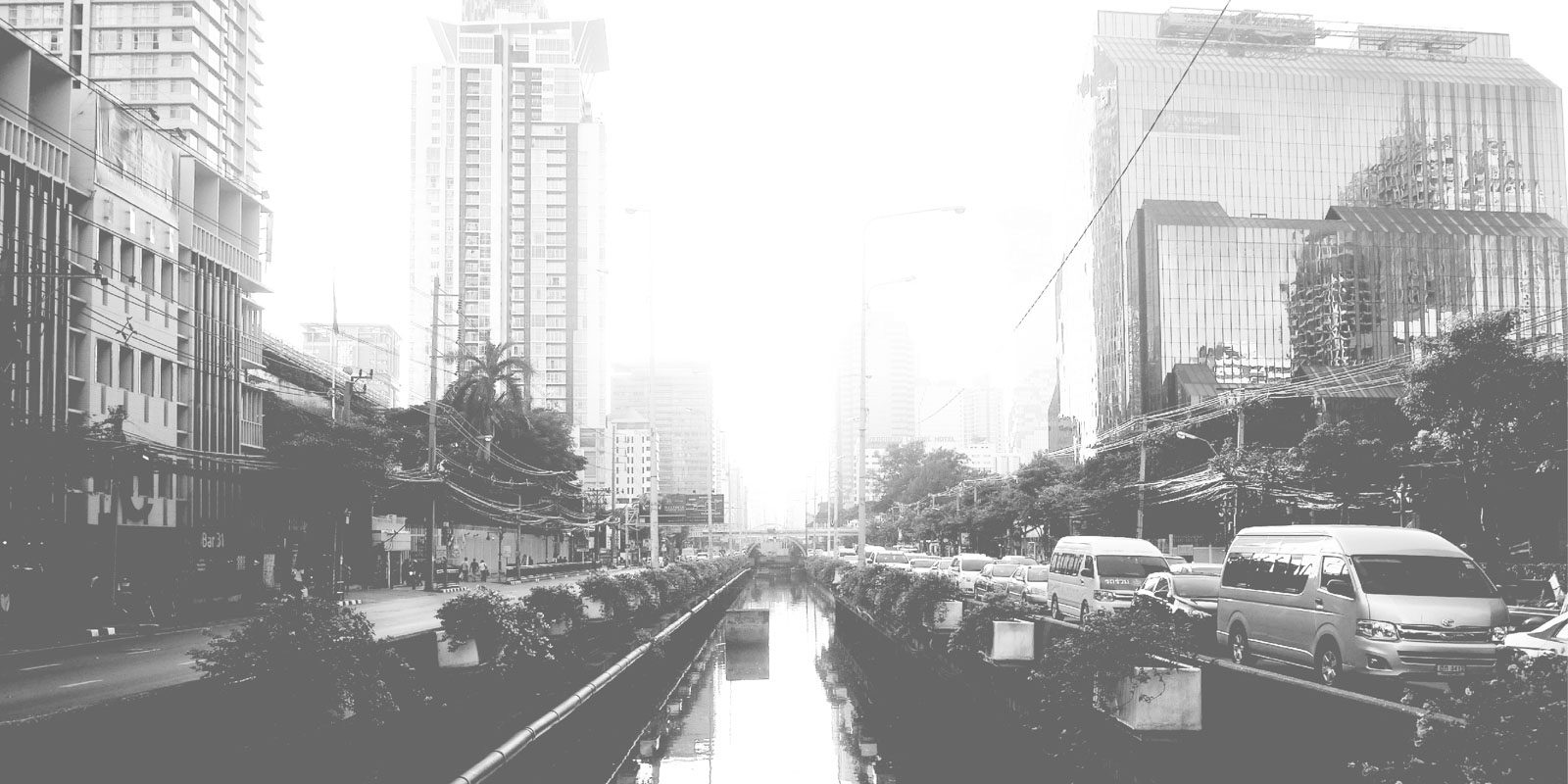
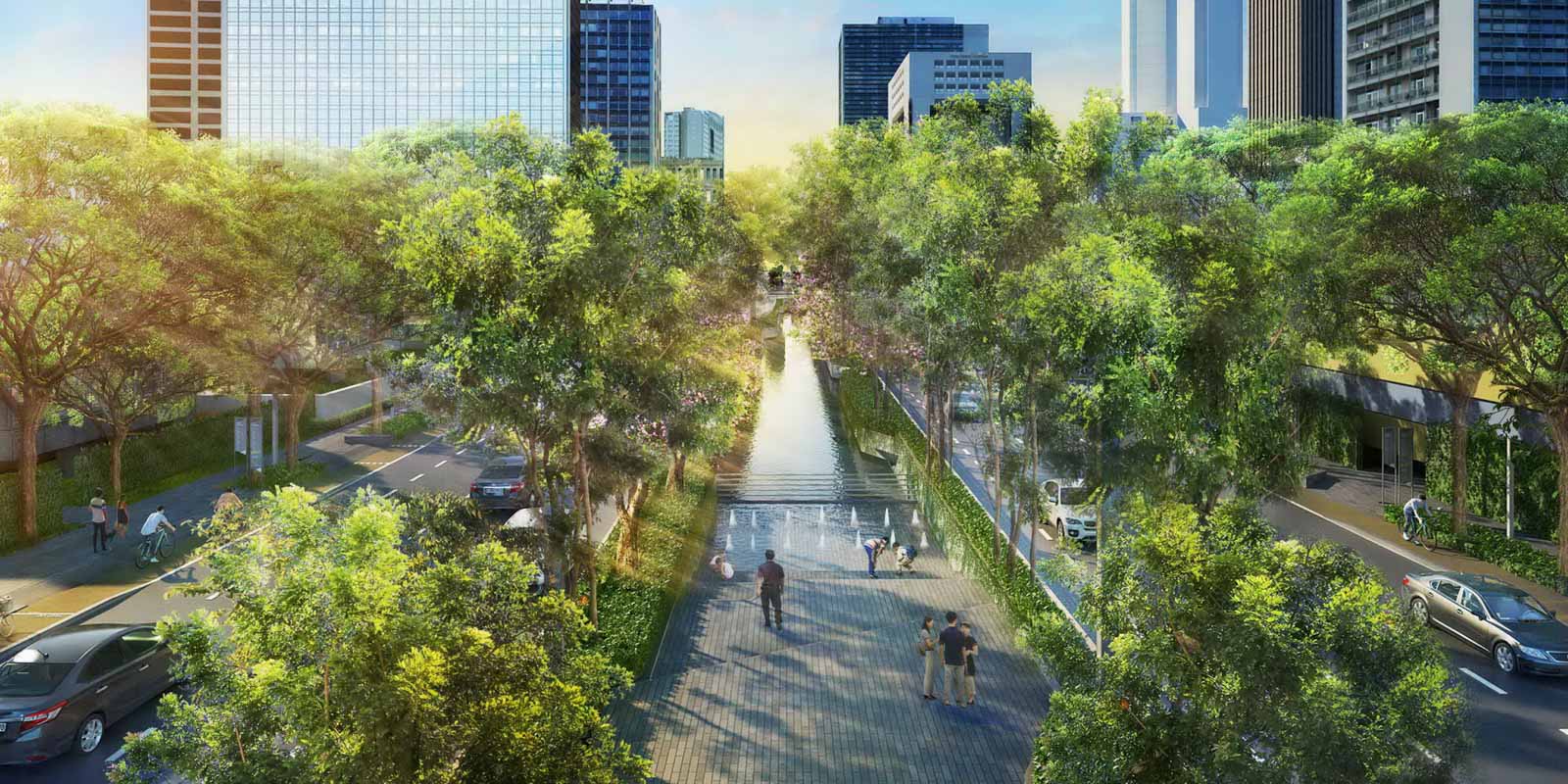
This green link will turn rarely used area along railways into a bike express way, providing alternative transportation routes that connect various nodes like Makkasan station, Benjakiti Park and Klong Toei Area.
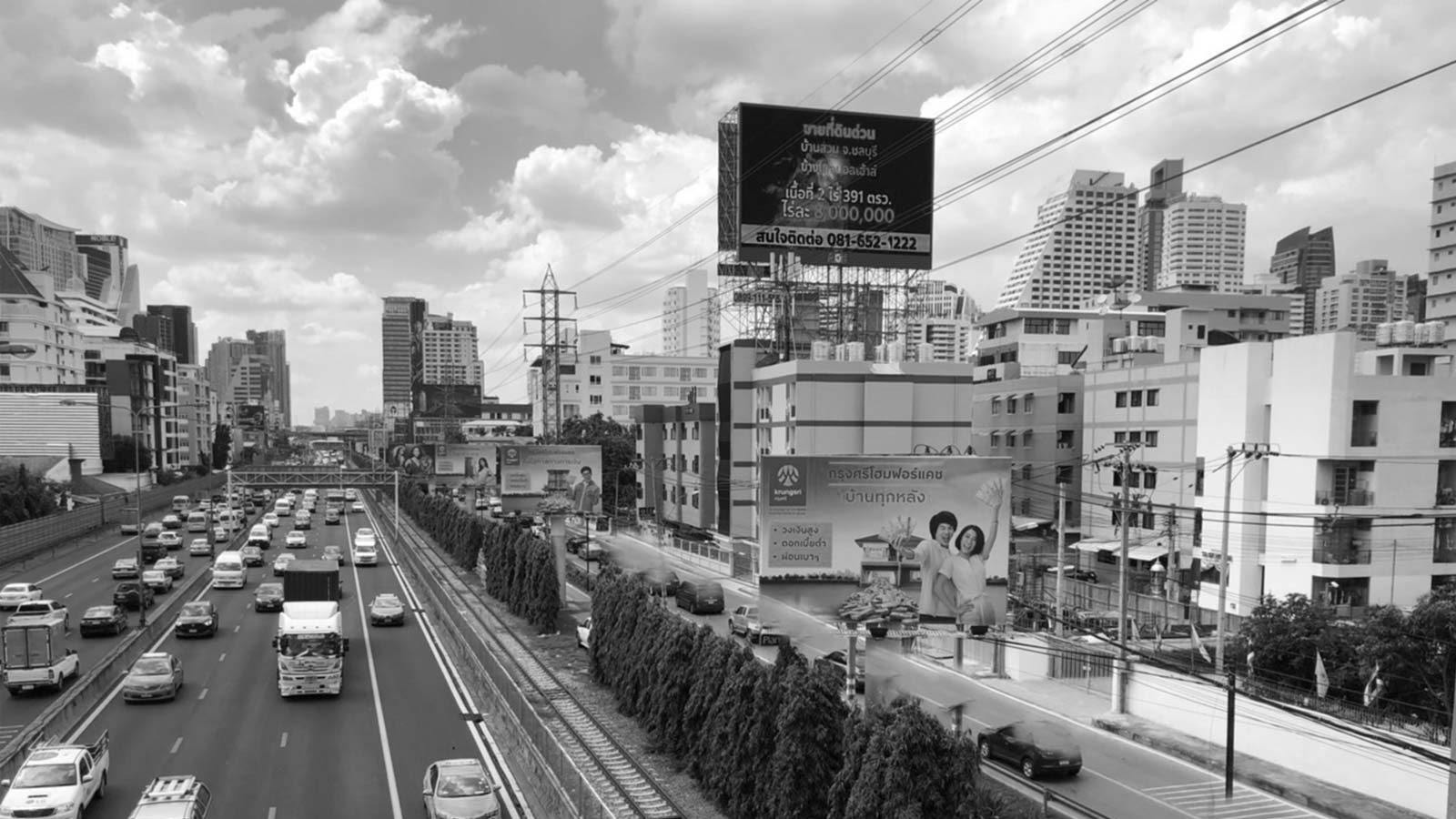
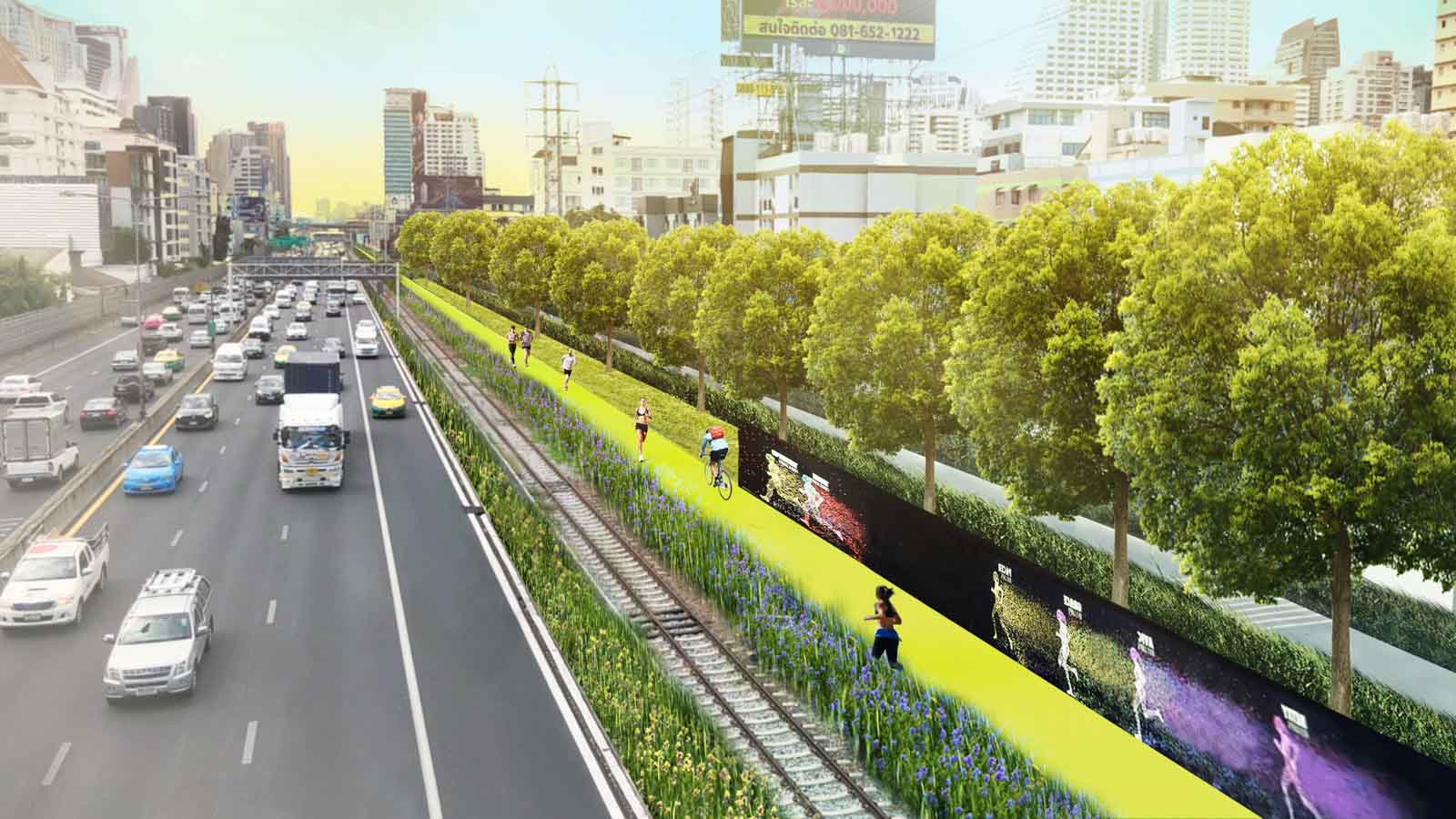
This green link will turn rarely used area along railways into a bike express way, providing alternative transportation routes that connect various nodes like Makkasan station, Benjakiti Park and Klong Toei Area.
